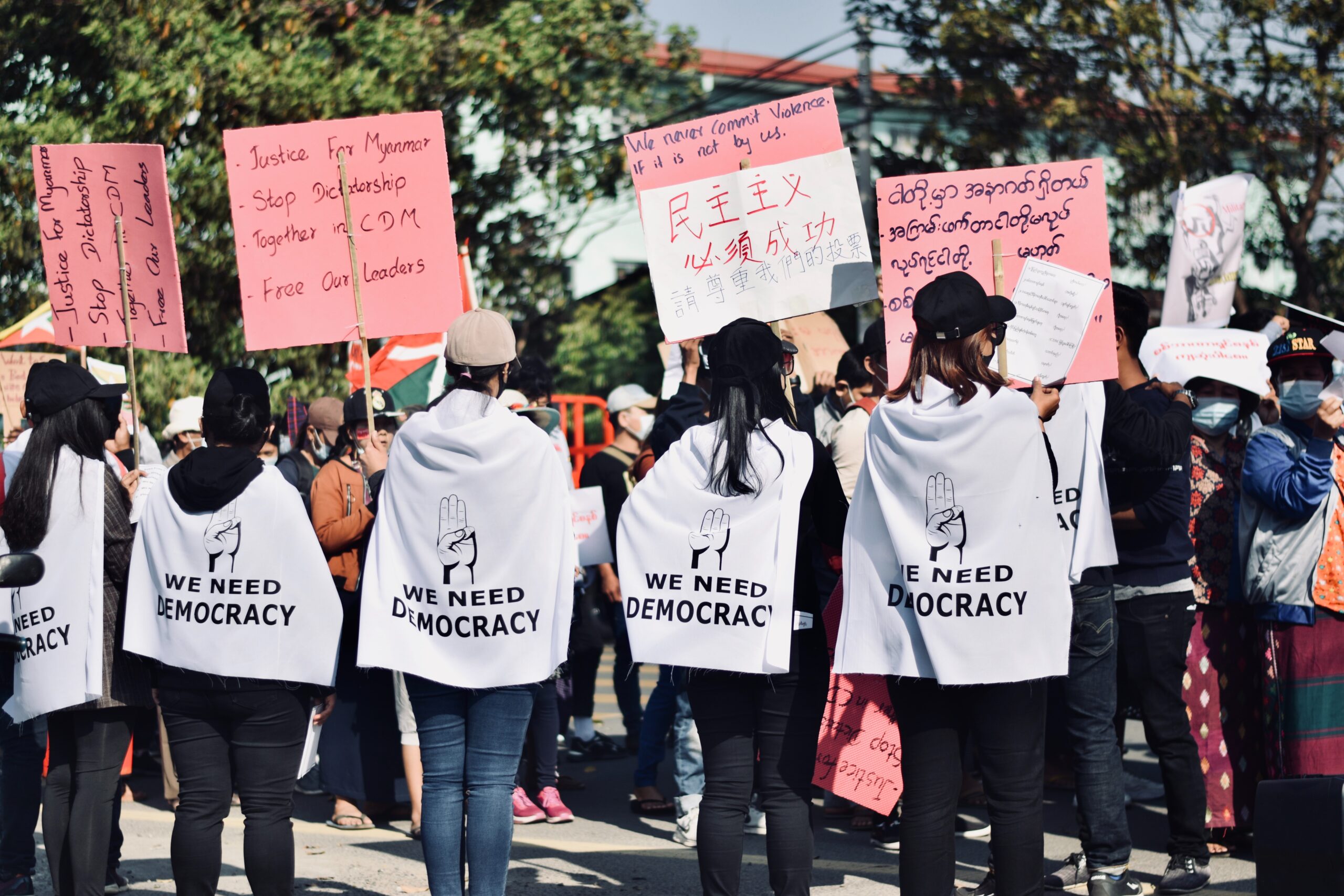Letter from the Directors
There’s something about the end of a decade that feels momentous, especially when it’s the first decade of a new millennium. Somehow, it encourages us to reflect on the big picture. Where have we succeeded in the last 10 years and what have we learned from our setbacks? And what does it all mean for where we’re going? We at EarthRights went through a 5-year strategic planning process this year, which had everyone here asking these, and related, questions, reflecting on where we’ve been so that we can be even more effective as we move forward with our work.
We looked at our history as an organization and answered some seemingly simple questions—What are we doing when we are being extraordinarily effective? What have been our greatest victories and our most important contributions to protecting earth rights, raising traditionally marginalized voices in local and global debates, and demanding corporate accountability? What are the qualities and characteristics of ERI when we’re doing our very best work? And how do we harness these things to make sure we’re even more effective, more strategic, and more powerful in the next five years and beyond?
We can look to encouraging trends over the past decade: we see new laws on the books, and cases in the courts, forc- ing corporations to consider human rights abuses as part of their bottom line; we see our EarthRights School alumni— grassroots human rights and environmental defenders—from Burma and the Mekong region speaking out in the media and forums such as the Asian Development Bank and the Mekong River Commission. Ten years ago, only the business and po- litical elites were able to participate in these kinds of legal and policy debates. In 2009, we saw, in a multitude of locations, one or more of our alumni or colleagues raising his or her voice—and being heard.
And of course, we celebrate the journey that our Ogoni clients from Nigeria made to New York, to testify in the landmark trial against Shell for torture, extrajudicial execution, and oth- er grave human rights abuses. 10 years ago (and even last year at this time!) Shell was saying that they’d never pay a dime to these villagers. But in 2009, they paid much more than that, and a small measure of long overdue justice was delivered to the Ogoni, as was a ray of hope for others who are still struggling for justice in response to similar abuses.
Clearly, we’re doing something right. We’ve learned that we, at EarthRights, are at our very best when we’re combining our diverse strengths and experiences, with others around the world, in a unified and coordinated effort. We are most powerful when we encourage and support people in telling their own stories, and speak- ing their own truths, in forums that can and often must listen to them. It’s hard work, and the distance from the villages to the courtrooms and hearing rooms are vast. And yes, justice can take a long time. But the victories achieved, both large and small, show us that this works—and so we will continue for the next 5, 10, and many more, years in order to see justice served!
Thanks for being with us,
Ka Hsaw Wa, Katie Redford, Chana Maung and Marie Soveroski






